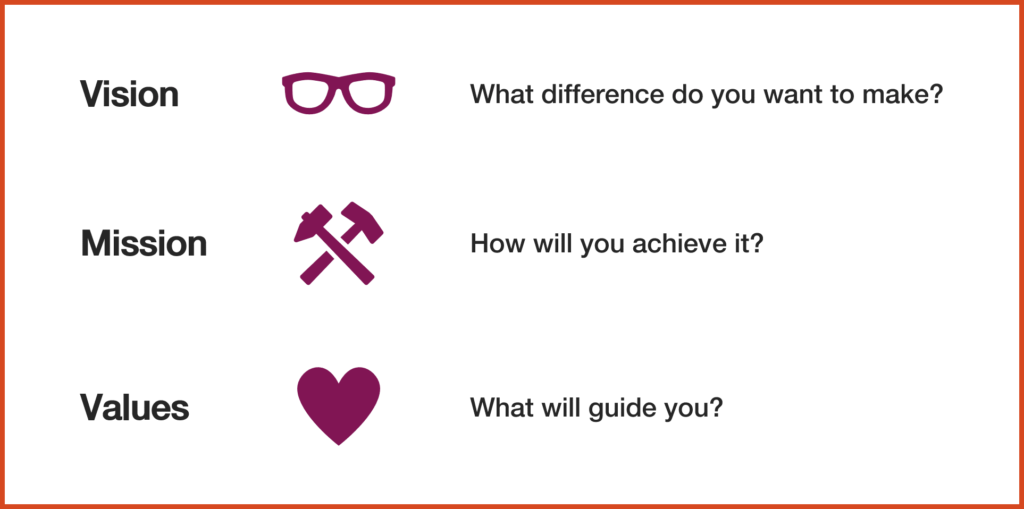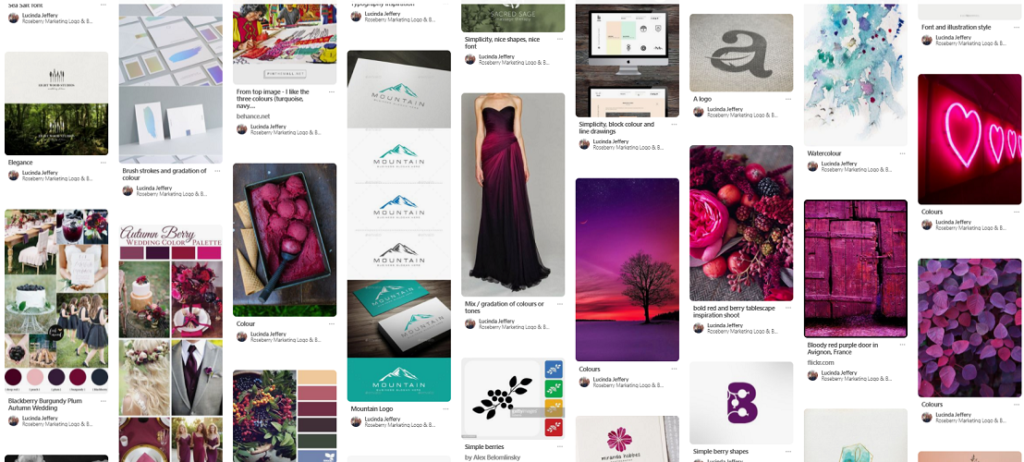Having worked both agency- and client-side, I’ve come across – and had to compile – dozens of design briefs in my time. A brief is the blueprint for any design project, so the quality of the brief is inextricably linked to the quality of the outcome. It’s therefore the client’s responsibility to set the tone and direction for a successful and cost-efficient design process. It’s also a really exciting and creative exercise, so enjoy it!
In the following article, I outline the key sections to include in a brilliant branding brief* to ensure your project is destined for success from the very beginning.
*a branding brief is the document a client sends to a designer when they wish to create a brand.
What to Include in a Design Brief for Your Brand
1. Introduction
Set the context of your brand: Who are you? Why have you set up your business or charity? What does it do? How old is it? How big is it? Where does it operate?
This section should be succinct but provide a solid context for the project. Designers do not want to read War & Peace – they want to very quickly understand the fundamentals of your organisation.
2. Vision, mission, values
If you do not know what these are for your business or charity, how could a designer? Until these are clear in your own mind, do not begin the design process. A brand is the visual representation of these three essential ‘ingredients’, so take some time to think these through.

3. Audience
Provide as much information as possible about the people you are selling to / supporting. You may have many audiences, but focus on your core target market.
The Digital Marketer has a really useful tool to help you think about your audience in detail.
4. Competitors
List your main competitors and links to their websites to ensure your designer can make you stand out from the crowd.
Define what makes you different – your unique selling point (USP).
5. Touchpoints
List the physical materials where you expect to use your branding e.g. business cards, website, leaflets, events banners, packaging, uniform etc. This will allow a designer to create something that works in these contexts. For instance, a very ornate logo might look great up-close on a business card but could be illegible on a shop sign when viewing from a distance.
6. Design guidance / moodboard
Designers chose visual art as their vocation for a reason. This is the language they love. So, giving them guidance in the form of visual examples is extremely helpful. It is also really fun for you.
Head to Pinterest and, with your vision, mission and values clearly in your mind, create a board of inspiration for the designer to review alongside your written brief. Check out the one I compiled for Roseberry Marketing if you’re struggling to imagine what this could look like.
It’s easy to search for fonts (or “typography”), colours (or “colour palettes”), logos, graphics, illustrations etc. Once you’ve pinned lots of ideas, your designer will be able to decipher recurring themes. If there are any images that especially grab you, include them as screenshots in your branding brief to make sure the designer pays particular attention to them.
7. Deliverables
Be clear about what you need the designer to deliver.
- Request your logo in all file types, a monochrome version, a white out (reverse) version and at both high res and low res. This should cover all your needs now and in the future.
- If you are needing a full brand identity (not just a logo), you should also request brand guidelines so that any future design work protects the brand’s authenticity and consistency. Brand guidelines are particularly important if multiple people in your organisation work with the brand.
- If you need any kind of marketing material created at the same time as your logo or brand identity, be specific about what you want; e.g. dimensions, whether it’s double-sided, any copy / imagery that should be included etc. This may be as simple as a business card or as complex as a website!
8. Budget or time constraints
If you have a strict deadline or budget, include it here to formalise your expectations.
What happens next?
Send your branding brief to a designer (or a few, if possible), who will then provide a quote.
A good designer will come back with lots more questions and want to get under the skin of your organisation and seek further inspiration.
If possible, I advise you meet with them to make sure they are a good fit for your business or charity. Just like any other external resource, it’s very important that you feel able to trust the designer and can build a strong, successful relationship with them.


Recent Comments